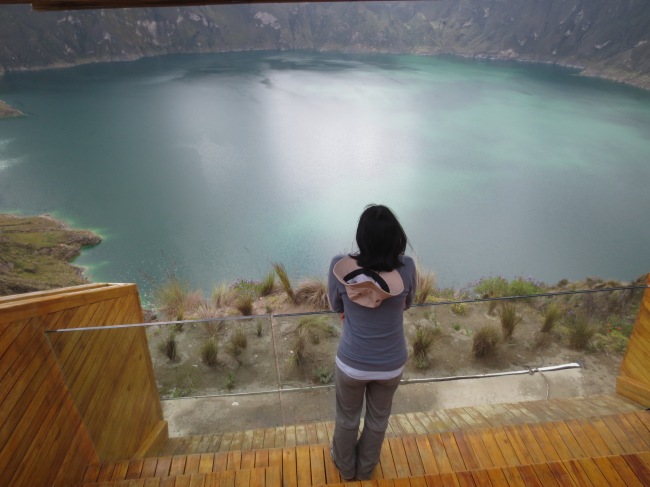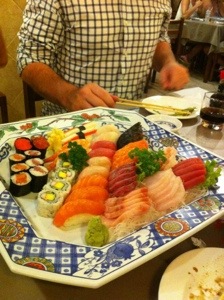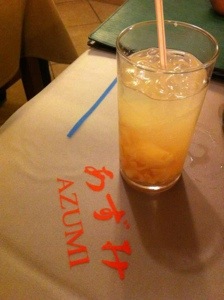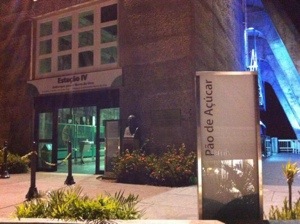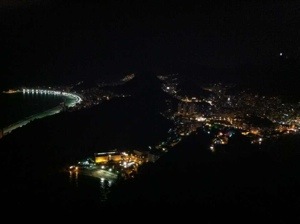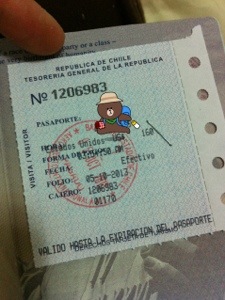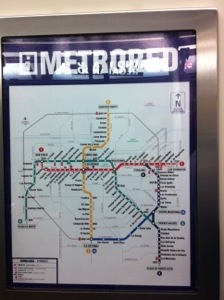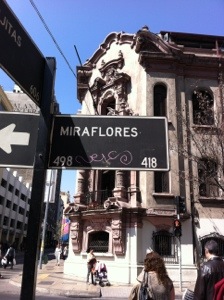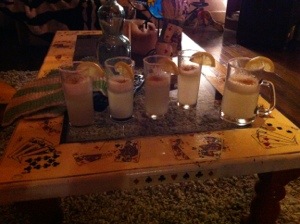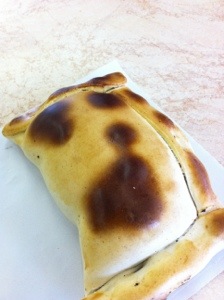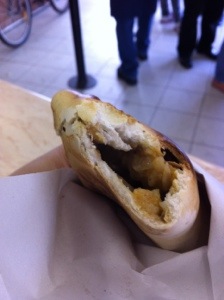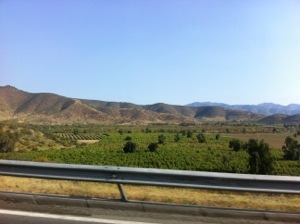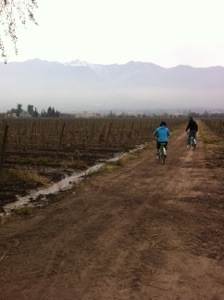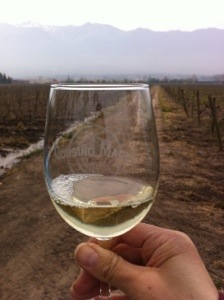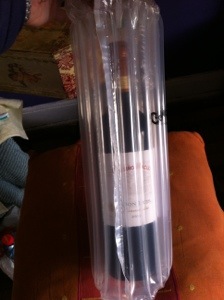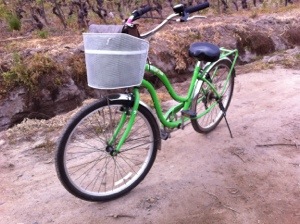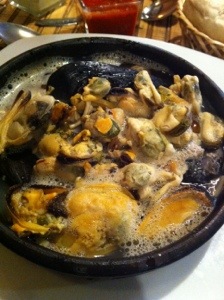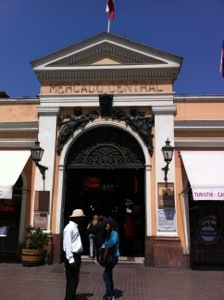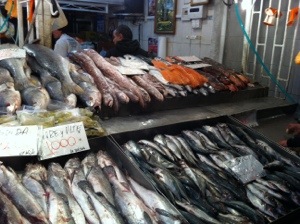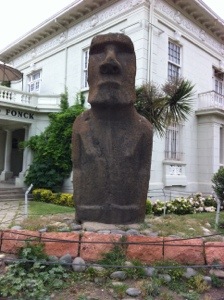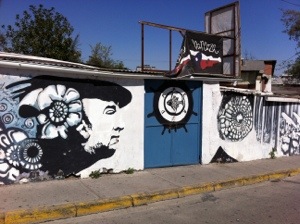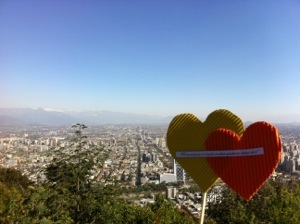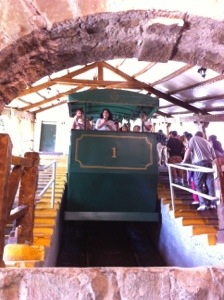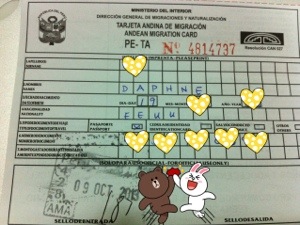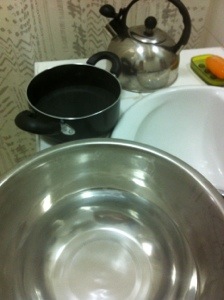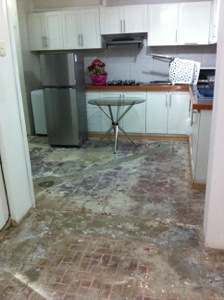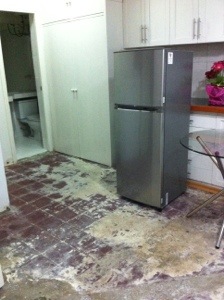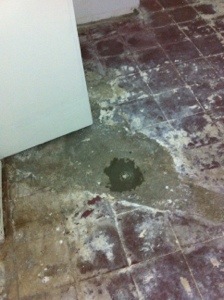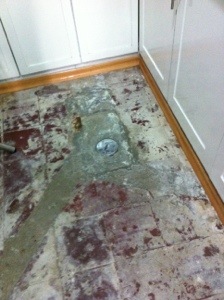I’ve been wanting to write this post for a while. I don’t think it needs any introduction. Like how the Eiffel Tour has become synonymous with Paris, the Great Wall of China with Beijing, the Great Barrier Reef with Australia and the Statue of Liberty with New York, Machu Picchu just immediately rings up the country Peru. In fact, when you ask about landmarks in Peru, I bet most people can only think of Machu Picchu.
One of the most famous landmarks in the world, let alone South America, Machu Picchu definitely lives up to its name as one of the top places on earth to visit. The grandeur and beauty is not something that I nor any other writer can even come close to capturing. Photos cannot do it justice. But I shall at least try to articulate the euphoria and the feelings I felt standing at over 2600 meters, looking down at the spectacular city of the Incas.
Getting to the Ancient Incan capital
We landed in Cusco on a beautiful Wednesday morning into a small airport. The flight from Lima was only about an hour, and they still managed to give us a snack and a drink on Peruvian Airlines. Apart from the fact that I couldn’t purchase my tickets online through their website as “my last name was too short (two letters…yes, I am Chinese and have only one last name…), it was fine and nice to avoid the gringo tax by flying airlines like Peruvian or StarPeru (the “gringo tax refers to higher fares for domestic flights on airlines like Taca and LAN for foreigners so they could offer a “Peruvian residents only” fare.)
We could feel the thinness of the air as soon as we landed, but we were only stopping over briefly so we could catch a colectivo, a shared taxi that you can take from the City Center to the Sacred Valley (towns like Urubamba and Ollantaytambo). From the airport, you will get quoted all sorts of fares. Only secure taxis can enter the airport, but don’t be fooled by the 30 – 35 soles price. We were advised by a local that it should only cost about 10 soles to get from the airport to Cusco’s city center (a 20-25 minute ride).
Anywho, after bargaining a bit, we found a taxi driver willing to take us for 10 soles to the Colectivo station. From there, we got into a mid-sized 4-seater Honda that averaged 15-20 soles a person. If you take one of the bigger vans, it’s like 10 – 15 soles a person, but you have to wait till they fill up the car.
The drive through Cusco to the Sacred Valley was beautiful, with sweeping hills and a gentle breeze. It took about an hour and 15 minutes to reach Ollantaytambo. We arrived at the Ollantaytambo train station, where we caught the PeruRail train to Aguas Calientes. At the station, you will find the walkway lined with small shops, all wanting to sell you coca leaves (2 soles for a big bag), snacks and water. There are also some restaurants, but overpriced for mediocre food. We paid around 10 soles for a sandwich and a juice drink.
Oh, a thing about the PeruRail train tickets: we were able to purchase them online and pay in person in Lima. I’m not sure how easy it is to purchase these tickets online outside of Peru, but if you have issues, go to a ticket agent anywhere in Lima for help. They only charge a few extra dollars for the booking fee. We took the Vistadome (2nd tier tickets) on the way there, and the cheaper Expedition train on the way back from Machu Picchu. But the trains were nice, clean, and on time. The seats were very comfy. There are also cheaper touristic trains that have only wooden benches, but we couldn’t purchase those tickets online. (Tickets were about $74 from Ollantaytambo to Aguas Calientes).
The train from Ollantaytambo Station!


You get a lovely snack and a mate de coca tea, made from coca leaves that relieve altitude sickness symptoms.

I can’t even begin to describe how beautiful the landscape was. The nice thing about the trains is that there are big windows in the ceiling, so you can look pretty much all around you to appreciate the landscape. The total trip took about 1 hour 45 minutes to reach Aguas Calientes station.
Train ride through the Sacred Valley to Aguas Calientes


We arrived in Aguas Calientes in the late afternoon. The station is behind a local art market with local wares (that you can buy in any other town for cheaper, honestly). We were met by a worker from our hostel who led us uphill to our lodging for the evening. I must say, the altitude definitely made it a difficult trek up to our hostel. You could feel your legs be heavy, your lungs be tighter trying to extract oxygen from the thinner air. Having our luggage in hand didn’t really help either.
Bridge over in Aguas Calientes; not the most beautiful looking pueblo.

Anywho, we went and bought the bus tickets up to Machu Picchu entrance early, as it gets crowded in the morning. It only cost $19 USD roundtrip (bring exact change if you can!); the exchange rate to soles wasn’t as good, so it actually was better to pay in USD. The bus ticket window was right by the bridge by the train tracks, and is also the place you get on the bus.
After getting our errands done, we went and got dinner at a local restaurant and tried alpaca meat! It was actually pretty good; not too gamey and quite lean. Grilled with the ubiquitous peruvian ají, it was delicious! We tucked into bed early and set our alarms for a 4am wake up call.
The big day! Getting to Machu Picchu
It was definitely an early wakeup call, but totally worth every minute. We ate a quick breakfast at the hostel, stored our luggage and then headed out to queue up at the bus stop at 5am. There was already a long line of people waiting to ascend, and a row of buses already out. The first bus was set to leave at 5:30am, and I must say, they were pretty on time with that.
The bus line at 5 in the morning!


It takes about 30 minutes on the bus to get up to the entrance of Machu Picchu, and once we got up there, the sun was still rising. But you can see there is a huuuge line of people already waiting to get in. Hope you have your tickets in hand, because they do NOT sell tickets at the entrance.
The only way was to purchase tickets at the Cultural center in Cusco or in Lima. There is an online website for Machu Picchu tickets, but it was horrible; it wouldn’t accept credit cards, and even if you were in Peru, you reserve your tickets and then you get a code in which you have 6 hours to pay for at some bank. If you don’t pay at the right bank, you lose your reservation.
In general you don’t need to reserve your Machu Picchu entrance tickets too too early, but definitely so if you want to climb Wayna Picchu, the mountain behind Machu Picchu. (do so at least a month or two in advance; there are only 400 tickets a day I believe). Inca or Salkantay trail tickets can only be purchased through a guided travel agency; you cannot trek by yourself.
The entrance to Machu Picchu

Once you get inside and if you have Wayna Picchu tickets like we did, you have about an hour to chill out and enjoy the city before you enter.
Misty Machu Picchu around 6am

The beautiful terraces of MP: structurally kept the city from sliding off the mountain and was also used for growing food. Amazing!

There are two times in which you can enter Wayna Picchu: from 7am – 8am, or 10am – 11am. We got the earlier 7am tickets, which I think is better as it is cooler in temperature and you don’t have to fight with the people coming down the mountain while you are ascending.
The entrance at Wayna Picchu. You have to show your ticket and sign in your name and time you entered




As you can see, the steps are steep and narrow. We were lucky that it only rained about 30 minutes as we were ascending. There are ropes and rocks at steeper parts of the climb, but not something to be taken lightly. The thin air and altitude doesn’t help, even though the whole of Machu Picchu is at a lower altitude than Cusco city.
We started climbing around 7:15am, and with breaks and photo stops, we got to the top around 8:15/8:30am. Right before you get to the top, there is this little cavern you have to literally crawl through; it was kinda fun. But definitely a deterrent of big gear and backpacks.



When you get up there, it is definitely misty and cloudy, and around 9:30am, it finally started to clear up and we could see Machu Picchu below! It was one of those moments where you could imagine Hiram Bingham, the American archaeologist who stumbled upon Machu Picchu, and how he felt the first time he saw Machu Picchu peeking from out of the forest.
We were euphoric at the sight of the city below. And as the clouds parted, we finally realized how high we had actually climbed: 2683 meters above sea level (nearly 8,900 feet).
Watching the clouds part to reveal Machu Picchu



After spending about an hour at the summit, we descended on a very steep road and got the hints of the 10am group climbing up. By then the sun was out and it was hot…another perk of ascending at 7am rather than 10am. It is not an easy descent for those with knee problems; slow and steady was the order of the day.
On the way down did we finally realize all the beautiful sites that we had passed, all covered by the clouds and mist in the morning. Back through the entrance to Machu Picchu, we finally could appreciate the magnitude of our accomplishment…we had climbed a huuuge mountain, Wayna Picchu! What a feat!
Machu Picchu peeking through the trees; Back on ground you can appreciate how tall Wayna Picchu is


We rested a bit and then went out of the entrance of Machu Picchu to use restrooms and get snacks. (The restrooms are actually outside of the entrance, down one level to your right by the luggage storage and cafe. It is 1 sol to use the nice, clean restrooms.)
Outside, we negotiated the price for a tour guide. Usually a spanish-speaking tour guide should only cost 20 soles per person, and there are plenty of them around. They usually want to wait until you get a group of 7 tourists, which was kind of bad for us as we needed to catch the train back to Cusco. So we forked over an extra 10 soles so he could start the tour.
I’m not even going to try to describe the grandeur and beauty of the city; definitely do a guided tour or at least bring a guidebook so you know what you’re looking at. But in short, it was so amazing to hear the history and the feat that was accomplished by the Incan engineers. Mind you the entire city is built on the cliff of a MOUNTAIN. Just lugging the rocks up there was a feat.


Classic MP view with Wayna Picchu mountain in the background


The city where people lived. The Temple of the Sun is the round building in the middle

Entering the city!


An Incan compass that was accurate! The guide was testing it to the iPhone’s compass

Temple of the Condor and the tight-fitting Incan rocks


It definitely was a moment where you can remember watching documentaries about Machu Picchu on TV or seeing a postcard; and then all of a sudden you are standing there, in front of one of the world’s most incredible monuments. If a year ago someone had told me that I would be visiting Machu Picchu, I wouldn’t have believed them. But now, here we were, standing in the Incan city. Definitely a life-changing moment.
We had to depart and get back to the bus line, which was long by the time we were there. We got in line around 1pm and didn’t catch a bus until 1:30pm. We had just enough time to pack up, grab an empanada and hop back on the PeruRail train to Ollantaytambo. We caught a collectivo back to Cusco and finally got to our hostel.
*Note: Ollantaytambo is a charming little town, but the roads are narrow and there is always traffic. Plan ahead if you are in a hurry! We were stuck in traffic for at least 30-40 minutes.
Back in Cusco for Good Friday during Holy Week
Cusco is a charming city with so much history and culture. I wish we would have had more time to explore, but we were lucky enough to be there during Holy Week. There were processions at the start of the week (Monday), but we weren’t able to attend. Nonetheless there was Good Friday Mass followed by a huge procession at the Plaza de Armas held by the community of the Basilica de La Merced.
A church at Plaza de Armas

Good Friday Procession: the coffin held an effigy of Christ’s body

The Cathedral at Plaza de Armas

Statue of the Virgen Mary

We also got to visit Sacsayhuamán (sounds like “Sexy Woman”, hehe), another Incan ruin within the city of Cusco. The site was supposed to be built in the shape of a puma, a sacred creature of the Earth worshipped by the Incans. This fortress was later the site of a huge battle between the Incans and the Spanish conquistadors.
This was supposed to be one of the teeth of the puma sticking out (you’d have to see it aerially to see the shape.)


Across the fortress are natural rock formations that hide some more good stuff



City of Cusco below, beyond the little hill we will find…


Alpacas and…

Rock slides! So fun going down! Can you imagine the ancient Incans sliding down these rock slides?

Touring the Sacred Valley: Pisac, Ollantaytambo, Urubamba and Chinchero
The next day, we took a guided tour to visit the Sacred Valley. We first went to the markets and llama/alpaca/vicuña farm in Pisac.
They were hungry!



Here are the ruins right outside of Pisac. These holes in the mountain are tombs


More beautiful ruins and terraces at the ruins in Ollantaytambo

After lunch in the pueblo of Urubamba (where at least 3 of us got food poisoning eating chicken at a local menú restaurant), we finally visited the artisan market at Chinchero where they showed us how they spun and dyed yarn from alpaca wool.
Using roots and seeds, they can produce all sorts of beautiful colors…even natural lipstick!


Gorgeous products

Look at all this dyed wool!

Our last night in Cusco, we went all out with dinner. We had a parilla (grill) of anticuchos and chorizos (organ meats like heart and kidney + delicious sausages).

And we had to try the local delicacy: cuy or guinea pig, fried whole and served over french fries! It actually tasted pretty good, but there was very little meat on the bone actually. It tasted a little bit like the pheasants you get in Chinese restaurants.

So that was our trip. The next day (after a night of food poisoning, sweats, and frequent bathroom visits), we took a taxi back to the airport in Cusco and flew back to Lima.
The end of an incredible trip and journey; it is one that I will never forget. I didn’t feel though that I had enough time at Machu Picchu, and would like to visit again in the future. I really hope I get that chance, and hope all of you will get a chance to visit if you already haven’t done so. It is definitely one of those unforgettable life experiences that really changes your perspective on life and makes you appreciate the ingenuity of humankind. 🙂
